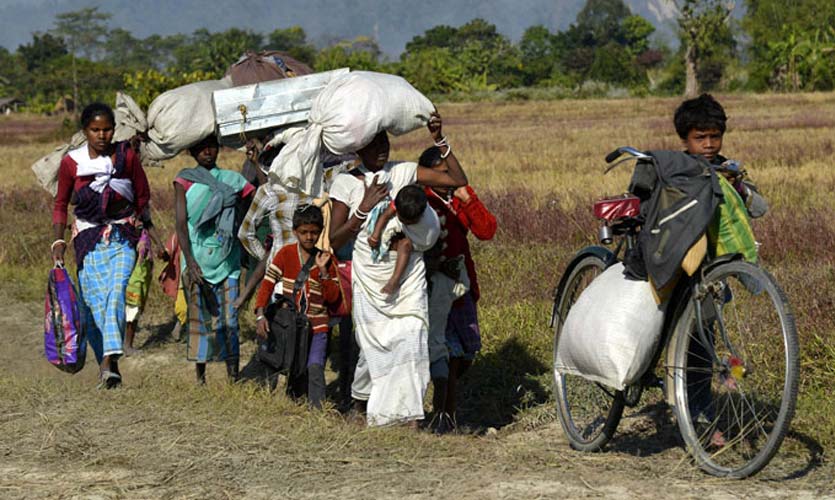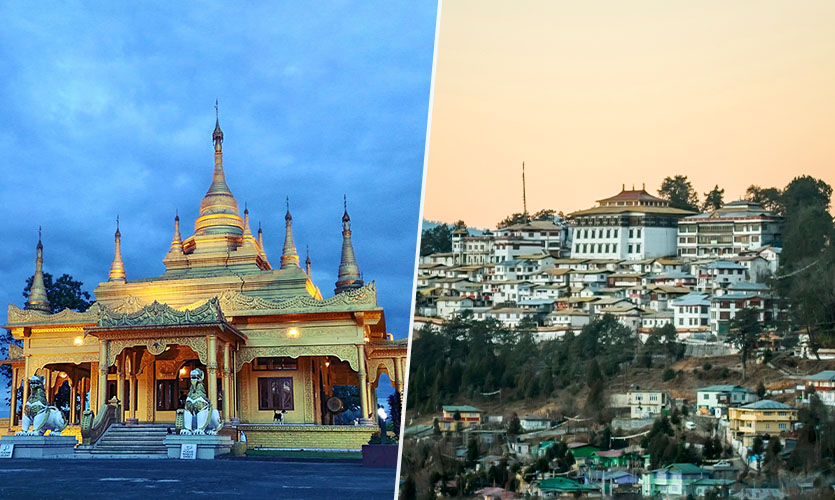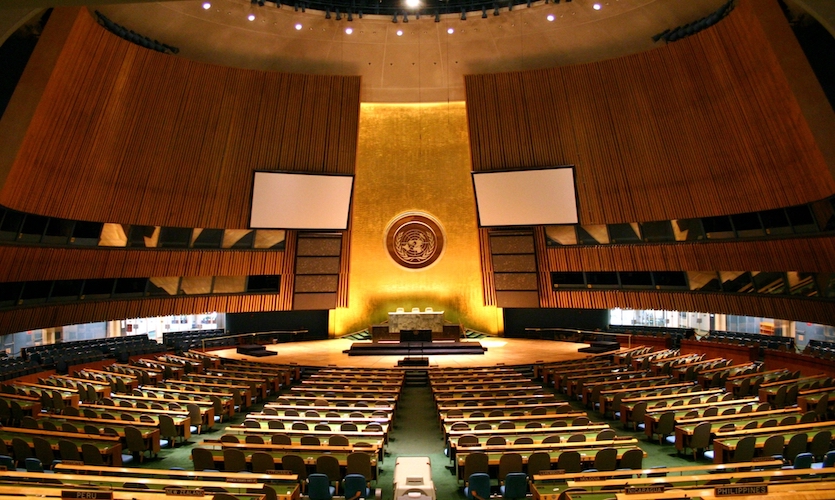Thousands of people who became the first victims of an ethnic conflict between the Santhal and Bodo communities in Assam are set to return to their ancestral homes after nearly 25 years.
In a move that would not only rehabilitate the victims who were forced to flee their homes, the step to bring back those displaced is also an attempt by the central and state governments to provide them their fundamental rights in the shape of their ancestral land and homes.
Assam’s autonomous Bodoland Territorial Council (BTC) has decided to bring the displaced people back to their homes or villages within the next three months. When the riots first broke out in 1996, many were forced to relocate to different places, while some were lodged in relief camps.
“Bodoland had witnessed riots in 1996, 2008 and 2012. We want to take the affected people to their homes and establish a peaceful BTR (Bodoland Territorial Region). Our first priority will be to take the affected Santhals and Bodos of Gossaigaon (in Kokrajhar district) to their homes in the next three months. It’s unfortunate that they have been away from home for 25 years,” said BTC chief Pramod Bodo.
Raising the curtains on what measures will be taken to assist the people, the BTC chief said that central schemes such as the Pradhan Mantri Awas Yojana and the Jal Jeevan Mission have been interlocked with the rehabilitation programme, which will look after this mission to assist the people.
BTC chief Bodo said, “We are rebuilding the damaged or destroyed houses of a few thousand. The others have not gone to their abandoned houses because of security concerns. We are setting up police outposts in their areas to help them get over their fears.”
Between 1993 and 2014, it is estimated that over 970 east Bengal origin Muslims Adivasis and Bodos lost their lives amidst the clashes triggered by militant attacks, primarily organised by the now disbanded National Democratic Front of Bodoland (NDFB).
It is estimated that over 2.5 lakh people have been displaced in the ethnic conflict between the Santhals and Bodos. A wave of insurgency had resumed in 1998, which led to a new chapter of exodus marked by violence and bloodshed.
Read more: All You Need To Know About The Clamour For Caste Census In India
In the year 2014, the Santhal community was at the receiving end of violence when they were being attacked by the NDFB militants, killing at least 76 people.
Some of the 8.4 lakh people displaced by the violence have remained in shabby relief camps, while others relocated to areas beyond the present-day BTR, as reported by the Hindu.
On the issue of rehabilitating former militants belonging to the NDFB, the BTC chief said that they would also be helped, as per a clause of the peace accord. He informed, “The Assam government will give us ₹160 crores by September for their rehabilitation.”
In a historic move, 1600 rebels across four factions of the NDFB laid down their weapons after signing the BTR Pact on January 27, 2020 in the presence of Home Minister Amit Shah, which marked an end to the decades old conflict. The Centre has already earmarked ₹1,500 crores to undertake development related projects in the Bodo areas.










